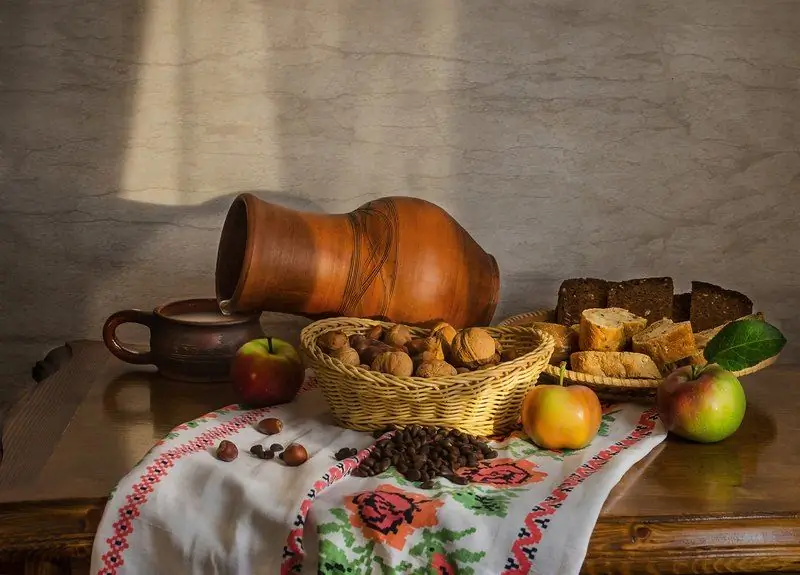
Table of contents:
- Author Bailey Albertson [email protected].
- Public 2023-12-17 12:53.
- Last modified 2025-01-23 12:41.
Nut Spas 2019: what should and should not be done on this day?

The Nut Savior is an old Slavic holiday that existed even before the baptism of Rus. At the time, it did not have the same meaning as it does today. In addition to the familiar name, Nut Spas is also called Bread, Not Made by Hands, Kholshchov. It is celebrated at the very end of summer, immediately after the Assumption of the Mother of God.
History of the holiday Nut Spas
Nut Spas always falls on the same date - August 29. The Spas got its name in honor of the completion of the harvest of nuts - by the end of summer, the ancient Slavs were finishing the collection of nuts. The later name "Not Made by Hands" appeared after the baptism of Rus. It was formed from a Christian parable, according to which Jesus Christ washed and dried himself with a towel, which left the imprint of his face. Since the face was not created by human hands, it was nicknamed "not made by hands." The face of Christ not made by hands is a symbol of the Nut Savior. For the same reason, another name for the holiday appeared - Canvas Savior. After all, the towel, on which the imprint of Christ's face remained, was canvas.

The most common dishes on Nut Spas: baked apples with nuts, charlotte, various cakes with nuts and other sweets, as well as freshly baked bread.
Folk traditions
Before the arrival of Christianity in Russia, on the day of the Nut Savior, it was customary to complete the harvesting and gathering of hazelnuts, and then bake a loaf of freshly harvested grain. Also on this day, the ancient inhabitants of Russia visited the bathhouse, where they steamed with walnut brooms. It was believed that this helped to improve health and protect oneself from the evil eye.
In addition, on this day, our ancestors used nuts to guess. They asked the question they were interested in, went to the walnut groves, picked a nut and ate it. The answer to the question depended on the taste of the nut:
- sweet and ripe promised good luck;
- bitter promised difficulties in achieving the desired;
- an unripe nut said that the plan would come true, but you would have to wait a little;
- the wormy nut was considered a harbinger of non-fulfillment of desire, as well as a symbol of sorrows and troubles.
With the baptism of Rus new traditions appeared. On this day, people gathered vegetables, grain and other fruits and went to church for consecration. Also on the Nut Spas it was decided to consecrate new wells and fields for future crops.
Today, only one tradition has survived: to take fruits, vegetables and bread and go with them to church for consecration. Such a ceremony is the gratitude of people to God for the fact that he gave them a good harvest. It is customary to distribute part of the consecrated products to the poor, and from the rest they prepare a festive dinner.
Signs and superstitions
Our ancestors believed in such superstitions regarding the celebration of the Nut Savior:
- On this day, one should go to the bazaar and buy something there. This “ritual” promised financial success for the next year. Cuts of fabric were considered the most preferred purchase. Clothes made from this fabric protected from diseases and evil eyes.
- During the celebration of the Savior, one should weave a talisman or amulet from hazel branches. Such an amulet was placed in a house or in an outbuilding: it was believed that it was able to protect household members from the intrigues of evil spirits.

During the Nut Savior, you cannot go into the forest without some kind of amulet, because there you can meet with evil forces
In addition, there are several signs associated with this holiday:
- if you managed to collect a large harvest of nuts, then next year there will be a good grain harvest;
- finding a double nut is a good luck for the whole year;
- rainy weather during the Savior - to a warm, but rainy autumn;
- windy weather during Walnut Savior - towards cold winter.
The Nut Spas has a long history. In Russia, it has been celebrated for many centuries and still remains significant for the people.
Recommended:
What Date Is Maundy Thursday In 2019, What Needs To Be Done On This Day

When is Maundy Thursday celebrated in 2019. What can and can not be done on this day. Signs and superstitions associated with Maundy Thursday
Nikolin Day In 2019: What Date Will Be, What Should And Should Not Be Done
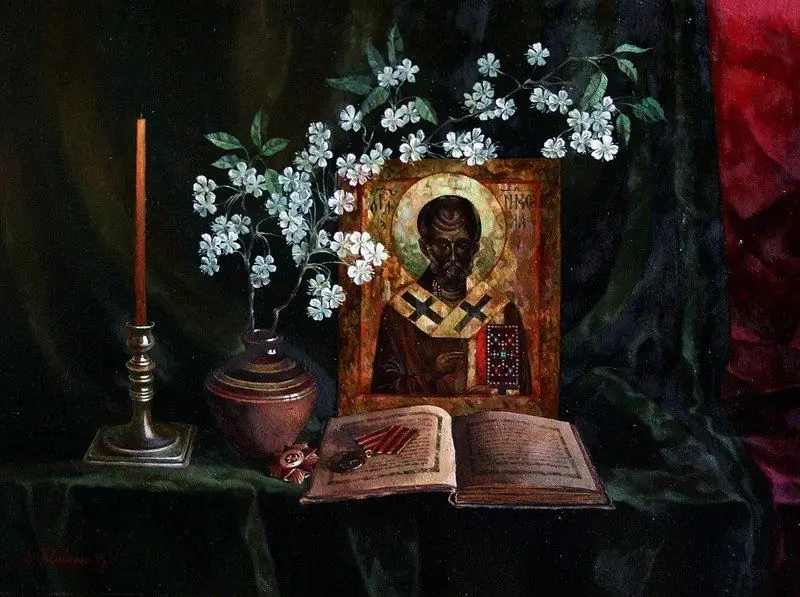
Nikola Veshny's Day: what date is celebrated. Traditions and rituals, what to do and what not to do
Dormition Of The Blessed Virgin Mary In 2019: What Date Will Be, What Should And Should Not Be Done On This Day
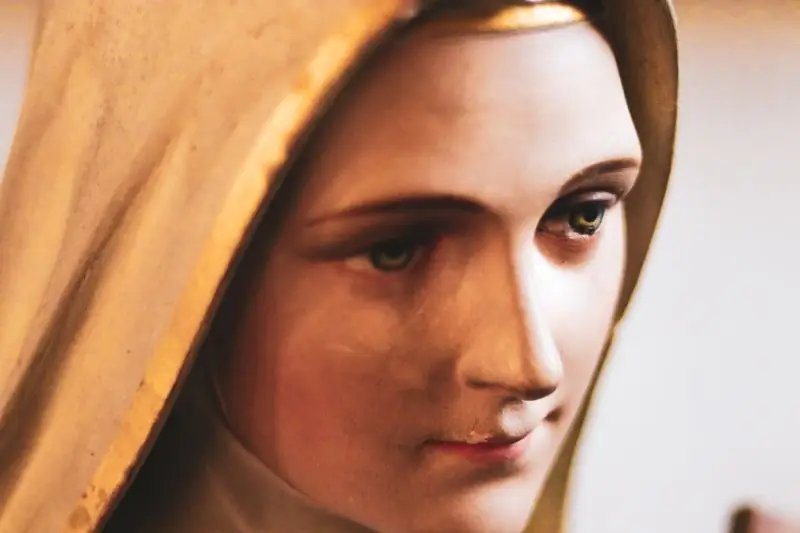
What is the Assumption of the Blessed Virgin Mary. What restrictions and prohibitions apply on this day. Do's and Don'ts
Honey Savior 2019: What Date Will Be, What Should And Should Not Be Done
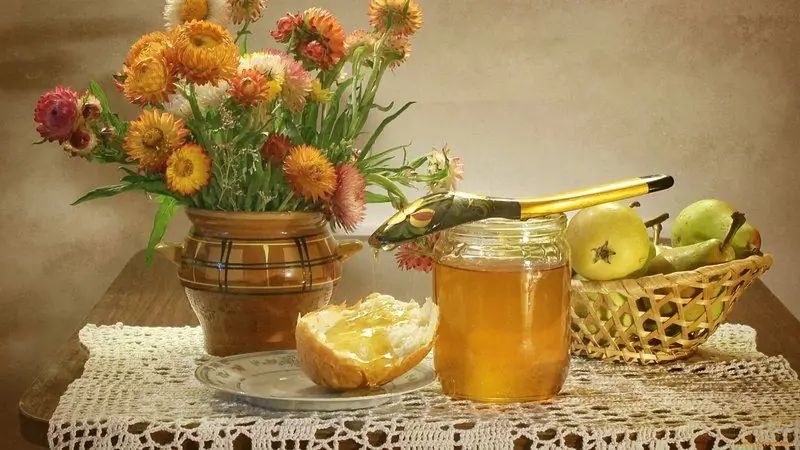
Honey Spas 2019: what can and cannot be done on this day Honey Savior is one of the main church holidays. It is celebrated in mid-August, during the beginning of the Dormition Fast. In addition to its usual name, Spas has other names: Makovey or Spas on the water surface.
Apple Spas 2019: What Date Will Be, What Should And Should Not Be Done
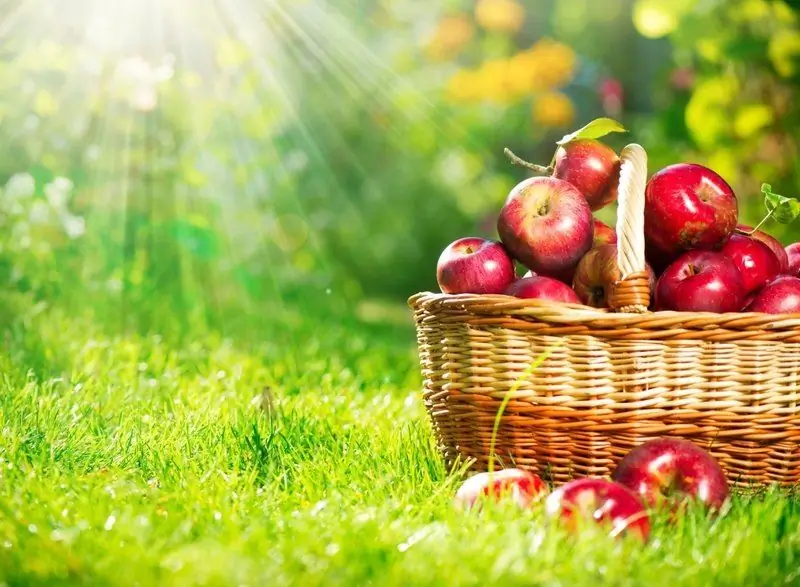
Apple Spas 2019: what date will be, what should and should not be done. Signs and superstitions, traditions associated with this day
